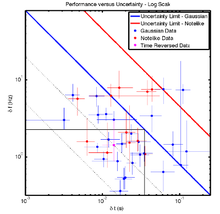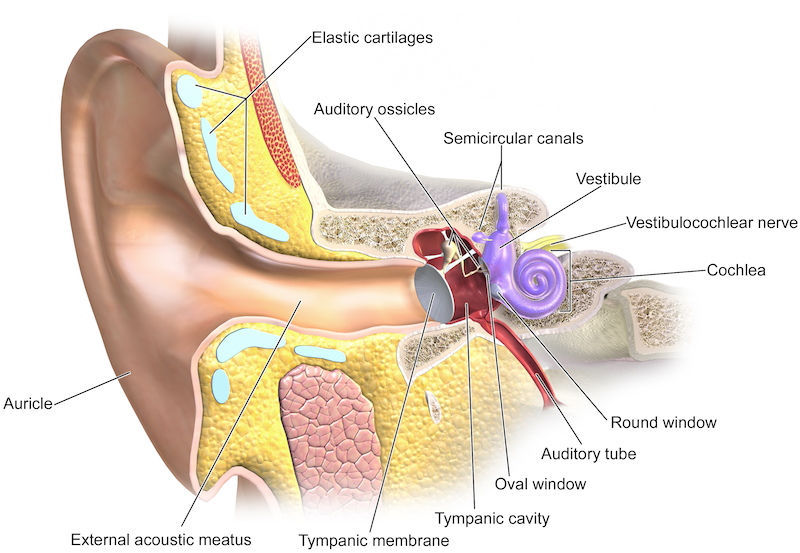Years back, when Halcro first came to market, one of their claims to fame was that they had amps that were exhibiting such amazing measurements that they were ground breaking. No other manufacturer could deliver a product with the type of measurements that these amps delivered. Problem was that as soon as any reviewer with half a decent ear listened to them, they were pretty much dismissed as not good sounding at all!( even though JA and others did measure them and were astounded by what they found, which conformed to Halcro's marketing).
I don't know such history but the Internet does. Here is JA's review of Halcro DM38:
Sound
"To this day, I have yet to hear any amplifier that equals the dm58's combination of complete neutrality, harmonic generosity, lightning reflexes, and a sense of boundless power that is difficult to describe," was how Paul Bolin summed up his experience with Halcro's dm58 monoblock. It also nicely describes my reaction to the dm58 when the review pair briefly spent some time in my listening room.
Ahem. It is not going your way, is it? :) Continuing:
The dm38 didn't pale in comparison with my 18-month-old memories of the dm58s. "Awesome dynamics," I noted, after playing Prince's Musicology (CD, NPG 74645 84692 7) two times through after hearing Prince live at Madison Square Garden; "awesome!"
[...]
Perhaps more important, as well as excellent macrodynamics—the differences between loud and soft and how consistent the amplifier's presentation was at the dynamic extremes—the dm38 also excelled at reproducing microdynamics. By this mean I mean how well it preserved the tonal and imaging differences among different sonic objects at different levels.
[...]
The Halcro allowed me easily to identify how each instrument was contributing to the combined tone, regardless of the speakers I was using. At the risk of venturing into the semantic void, it wasn't just that the dm38 reproduced the sounds of instruments or voices with superb fidelity; it also excelled at reproducing the space between those instruments. Remember that the stereo image is an illusion, its fragility due to the brain's having to put aside what the ears actually hear in favor of reconstructing a simulated space between and behind the speakers.
Still not backing your claim. But maybe it is this bit of subjectivity that you are hanging your hat on:
So, the dm38 combined great dynamics and great bass control with a superbly transparent view into the recorded soundstage. Its treble was free from grain and its midrange was as smooth as silk. However, I couldn't escape the feeling that the amplifier's tonal balance was on the lean, cool side.
He ends with:
Summing up
It may be expensive, but Halcro's dm38 effortlessly joins the ranks of top-rated power amplifiers, not only for its sound quality but also its measured performance (not a given; witness some recent reviews).[...]
Like the dm58 monoblock, the dm38 is balanced toward the cool side of the spectrum—though I am sure Bruce Candy will argue that the Halcro amplifiers are actually neutral compared with the competition—so it will work best with speakers and source components that don't themselves sound lean. But with optimal system matching, the Halcro's effortless dynamics and astonishingly clean presentation will satisfy the listener's soul.
So this matches your definition of "they were pretty much dismissed as not good sounding at all!"??? Really? He couldn't gosh any more than he did. Was he wrong about all of the above? That it can satisfy your soul?
How about this other reviewer:
Conclusion
The Halcro dm38 is among the best amplifiers in the world at any price. Its sound quality easily competes with the amplifiers from Krell, Mark Levinson, Pass Labs, Bel Canto, Spectral, Ayre, Boulder or any of the other players in the ultra-high-end market. At this level of performance, the sonic characteristics of the amplifiers become harder and harder to describe as they become closer to the proverbial "closer to the music" phenomenon. However, if forced to describe the Halcro's sound quality I find the Halcro sound to be similar to that of the Krell FPB series except a bit quicker and with less weight in the bass. For those in the market for a reference grade amplifier with the ability to resolve the slightest nuances, I strongly recommend a close look at the Halcro dm series.
This is your definition of bad review?
No, companies go out of business because in high end audio, it is 80% marketing, 20% engineering. Fail at the former and you go out of business.




